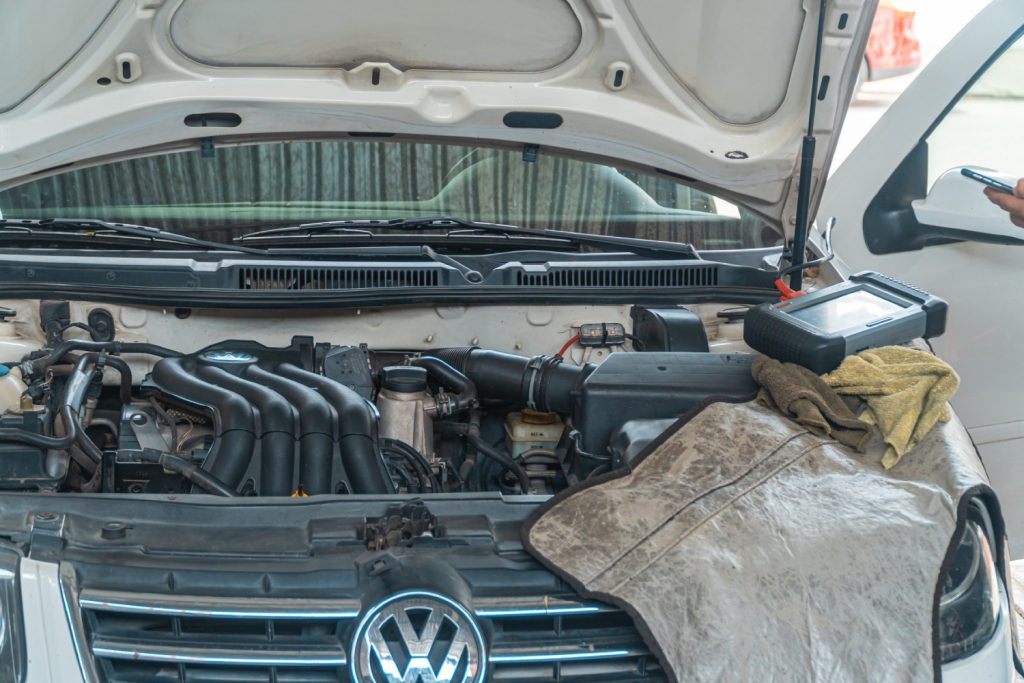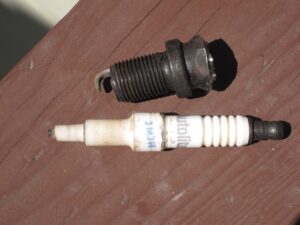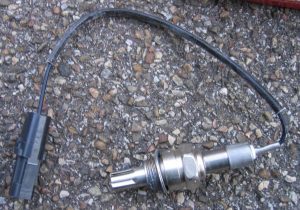
As an Amazon Associate, AutoPros earns commissions from qualifying purchases made through links in this post.
Rough idle is common in both older and newer vehicles. Watching your RPM gauge bounce around during an idle can be confusing, as you’re not even touching the gas pedal.
When your vehicle develops a rough idle it can reduce fuel economy and performance. Starting issues can occur, and if you let it go for too long it can cause serious problems with your engine.
Always diagnose and fix a problem before it becomes a bigger one. Rough idling is usually an easy-to-fix issue, so let’s get started!
Step 1: Scan For Codes to See What’s Causing the Rough Idle
In modern vehicles, diagnosing a rough idle is usually quick and easy to accomplish. Attach an OBDII code reader to your vehicle and see what codes pop up. Not sure what they mean? Check out our complete list of OBDII codes.
Recommended OBDII Scanner: Autel 3-in-1 Scanner with battery tester
If you’re not a mechanic and know very little about cars, then using an OBDII tester might be beyond your sklls. Instead, continue on to our next step or see a mechanic.
Using a code reader will enable you to see if the rough idling is caused by the spark plugs, oxygen sensor, etc. There are many causes for a rough idle, some more obvious than others.
For example, the code P0301 indicates that cylinder number 1 is misfiring. Check the spark plug, wires, etc to figure out if this is the cause of your rough idle.
Step 2: Check the Engine Air Filter and MAF Sensor
The engine air filter prevents dirt and other debris from entering the engine. Like the air filter in your house, the one in your car needs to be changed at least once a year. This will keep your engine running like new for much longer and prevent a rough idle.
Replacing the air filter is simple, and doesn’t even require tools most of the time. The air filter housing is usually a plastic cover that pops up and/or is held in place by clips.
When your filter is clogged, the MAF sensor can get thrown out of wack, causing a rough idle as this affects the fuel/air ratio. It can also allow debris to enter the intake pipe and damage your MAF sensor.
So, if you have a vehicle with 100k miles on it, go ahead and clean the MAF sensor with this cleaner from Gunk. If you’ve never changed your air filter or it was extremely dirty, then cleaning the MAF sensor may solve the problem for cheap. It’s possible that dirt made it through the filter and got your sensor dirty. This is very common.
Step 3: Clean Your Fuel Injectors
Fuel injectors get clogged from carbon build-up. Carbon is a byproduct of the combustion process, and it builds up quick when you use cheap fuel.
Remove and inspect the fuel injectors. If they’re dirty, then clean them.
Here’s a quick video that explains how to clean fuel injectors:
Step 4: Check Your Spark Plugs
Spark plugs get fouled from carbon deposits and oil from the combustion process. When a spark plug is fouled it won’t be able to operate properly, as the gap can become larger.

Bad spark plugs will cause rough idle and misfire issues, so make sure to replace them every 30k miles. You can get good deals on spark plugs on Amazon here. The rough idle from bad spark plugs can feel more harsh, as it can literally make the engine shake.
When changing your spark plugs, make sure to change your spark plug wires as well. If your engine has spark plug wires you should be changing them every 30k miles when you replace your spark plugs.
If you have ignition coils instead of wires, then make sure to inspect the connections for damage. Ignition coil connectors often become brittle, so check and replace as needed. After about 100k miles, you can look into replacing the ignition coils entirely.
Step 5: Check your PCV Valve
Positive Crankcase Ventilation, or PCV. The PCV valve takes un-burned gases that escape from the cylinders into the crankcase and brings them back to your intake pipe for re-use. It really makes for an efficient engine, until it becomes clogged.
A clogged PCV will make your engine run too lean, with a (usually subtle) rough idle. Don’t worry though, because the PCV valve is an extremely cheap part and as long as you change it when you get a tune-up, it should never get clogged.
Step 6: Other Rough Idle Causes
If you’ve done all the steps above and your motor is still idling rough, then dig deeper, looking at these things. Or just have a mechanic do it if you can’t.
- IAC valve
- TPS sensor
- Dirty throttle body
- Faulty fuel pump
- EGR valve
- Evaporative emissions control system
- ECT sensor
- Leaking head gasket
- Faulty IAT sensor
Our Advice – Steps for Preventing Rough Idle
- Put Seafoam in your fuel tank every 3-5k. This keeps your fuel system free of sludge and buildup (especially your fuel injectors).
- Change your engine oil as recommended by your vehicle’s user manual.
- Change your spark plugs every 15k miles.
- Use premium gas if you can afford it.
- Replace your air filter every year.
- Change your PCV valve every time you change your spark plugs.
Causes for Rough Idle – INFOGRAPHIC
Follow this infographic below to pinpoint and fix rough idle problems in your vehicle.


Automotive professional with over two decades of experience working on vehicles. Started out at a tire shop, moved to a dealership and now writing about automotive topics full time. I love working on cars and helping car enthusiasts by writing about my experiences.







1 thought on “Rough Idle in Vehicles – Common Causes and How to Fix”
Comments are closed.